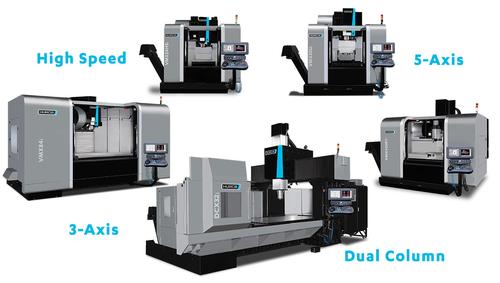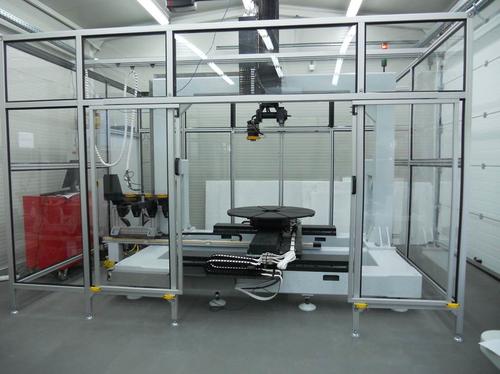 By integrating an ART CNC router into the manufacturing process, StyroMAX was able to improve cut quality and and productivity
By integrating an ART CNC router into the manufacturing process, StyroMAX was able to improve cut quality and and productivity
Panel manufacturing facility StyroMAX purchased a CNC router from Advanced Robotic Technology (ART) to improve cut quality and increase productivity.
StyroMAX, the panel manufacturing division of Summercool Truck Bodies in Darra, QLD, offers a high level of value-added service to its customers by providing lightweight refrigerated transport bodies and laminated FRP panels for the food and beverage industry, as well as RV caravan panels.
To ensure delivery of their products with the assurance of optimum quality and short lead times, company co-owner Steve Whitelock and his team decided it was time to upgrade the production process by adding a CNC router to the factory.
Founded in 1977 by Steve Whitelock and Bevan Carrick as a manufacturer of refrigerated transport bodies, the company was able to attract customers through competitive pricing, the latest in thermal truck panel technology and extensive in-house manufacturing capabilities. Ten years ago, the company decided to bring all panel manufacturing in-house, but wasn’t producing the high volumes to justify CNC equipment.
The decision to buy the CNC router was taken to meet the increase in volumes as well as the need for the refrigerated truck bodies to meet the ever-changing environmental, legislative and commercial demands placed upon them. The advanced technology allows the company to provide high quality products with quicker turnaround, enabling them to maintain their strong business position in the market.
According to Mr Whitelock, the primary objective was to increase the cut quality as well as become more productive and competitive. The CNC cutter would also enable them to offer more complex type of panels.
They chose an ART router because of ART’s local roots and friendly service. Although the machine involved a huge investment, for StyroMAX it was the service and the relationship that made all the difference, because they knew that the complex machine would require ongoing reliable support. StyroMAX also had the assurance that ART could simply log in, diagnose the problem and fix it straightaway.
The ART RT15600 CNC router delivered to StyroMAX’s Darra factory is one of the largest machines built by ART. Measuring 15.5m in length and 3.8m in width, the machine provides the necessary capacities for both sides of Mr Whitelock’s business, Summercool and StyroMAX.
StyroMAX is already reaping the benefits of the CNC router installation. Where it took two men three days to make a complete truck set, the RT router accomplishes the same task in about three hours, making a huge difference to the business. Working in a very competitive market, Summercool has positioned itself as a premium truck body builder for many RV and truck manufacturers; the increased efficiency and productivity therefore helps the company stay ahead.

